Entry Category: Business and Economics
 Lion Oil Building
Lion Oil Building
Lion Oil Company
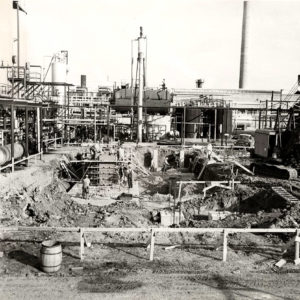 Lion Oil Construction
Lion Oil Construction
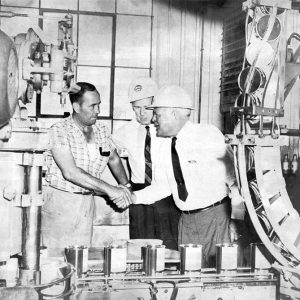 Lion Oil Employees
Lion Oil Employees
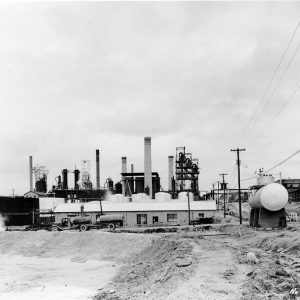 Lion Oil Pump House
Lion Oil Pump House
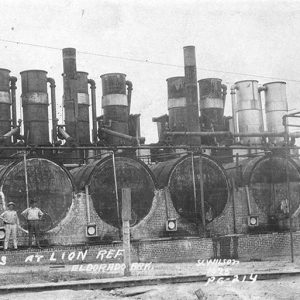 Lion Oil Stills
Lion Oil Stills
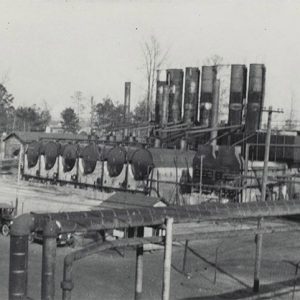 Lion Oil Stills
Lion Oil Stills
 Lion Service Station
Lion Service Station
 Lion Sign
Lion Sign
Little Rock and Fort Smith Railroad
Little Rock Brewing & Ice Company
Little Rock Garden Club
Little Rock Picric Acid Plant
Little Rock Port Authority
aka: Port of Little Rock
 Little Rock Port
Little Rock Port
 Little Rocket
Little Rocket
Little, John E.
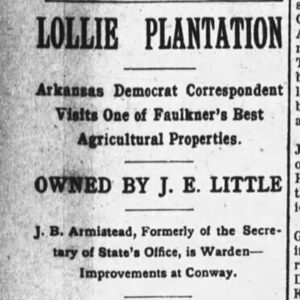 John E. Little Article
John E. Little Article
 Livery Stable
Livery Stable
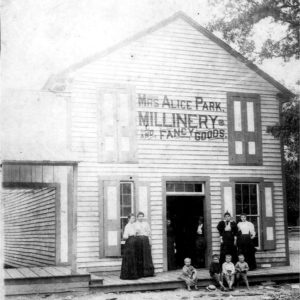 Lockesburg Millinery Store
Lockesburg Millinery Store
Log Cabin Democrat
 Log Yard in Bearden
Log Yard in Bearden
 Grace L. Lorch and Students
Grace L. Lorch and Students
Lorch, Grace Lonegran
Lost Forty Brewing
 Lost Forty Brewing
Lost Forty Brewing
 Lost Forty Brewing
Lost Forty Brewing
 Lost Forty Brewing Tanks
Lost Forty Brewing Tanks
 Lost Forty Vat Room
Lost Forty Vat Room
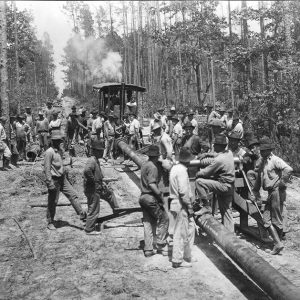 Louann Pipeline
Louann Pipeline
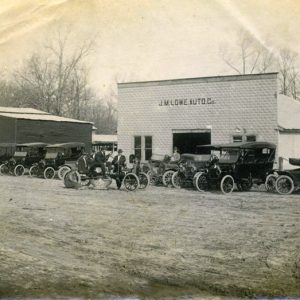 Lowe Auto Company
Lowe Auto Company
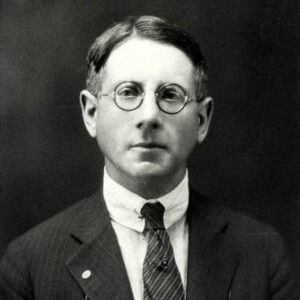 Walter Lowenstein
Walter Lowenstein
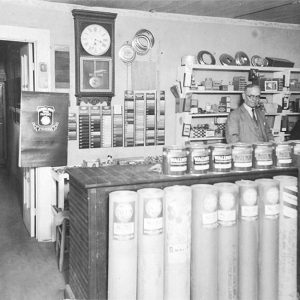 Lumber Company
Lumber Company
 Lumber Industry
Lumber Industry
Lynwood Tourist Court Historic District
M. M. Cohn
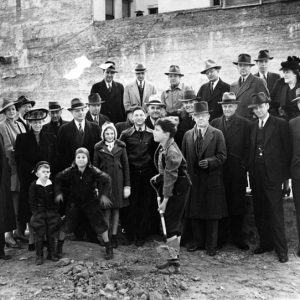 M. M. Cohn Company Groundbreaking
M. M. Cohn Company Groundbreaking
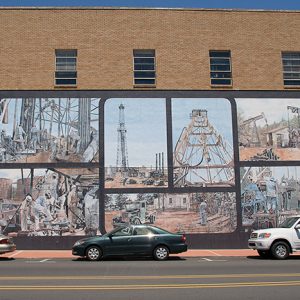 Magnolia Oil Field Mural
Magnolia Oil Field Mural
 Majestic Hotel
Majestic Hotel
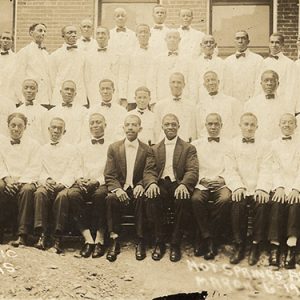 Majestic Hotel Waiters
Majestic Hotel Waiters
Majestic Hotel
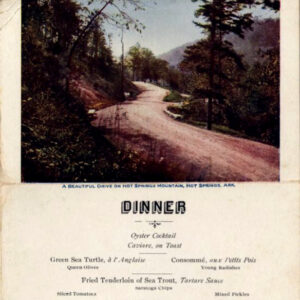 Majestic Hotel Menu
Majestic Hotel Menu
 Majestic Hotel Postcard
Majestic Hotel Postcard
 Majestic Stationery
Majestic Stationery
 Malco Theatre
Malco Theatre
 Malco Theatre Marquee
Malco Theatre Marquee
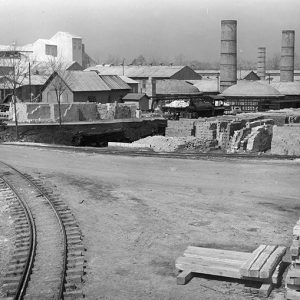 Malvern Brick and Tile
Malvern Brick and Tile
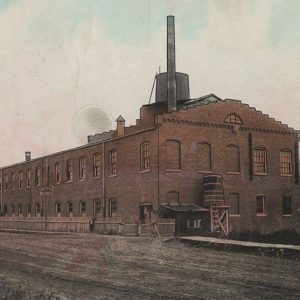 Mammoth Spring Shoe Plant
Mammoth Spring Shoe Plant




